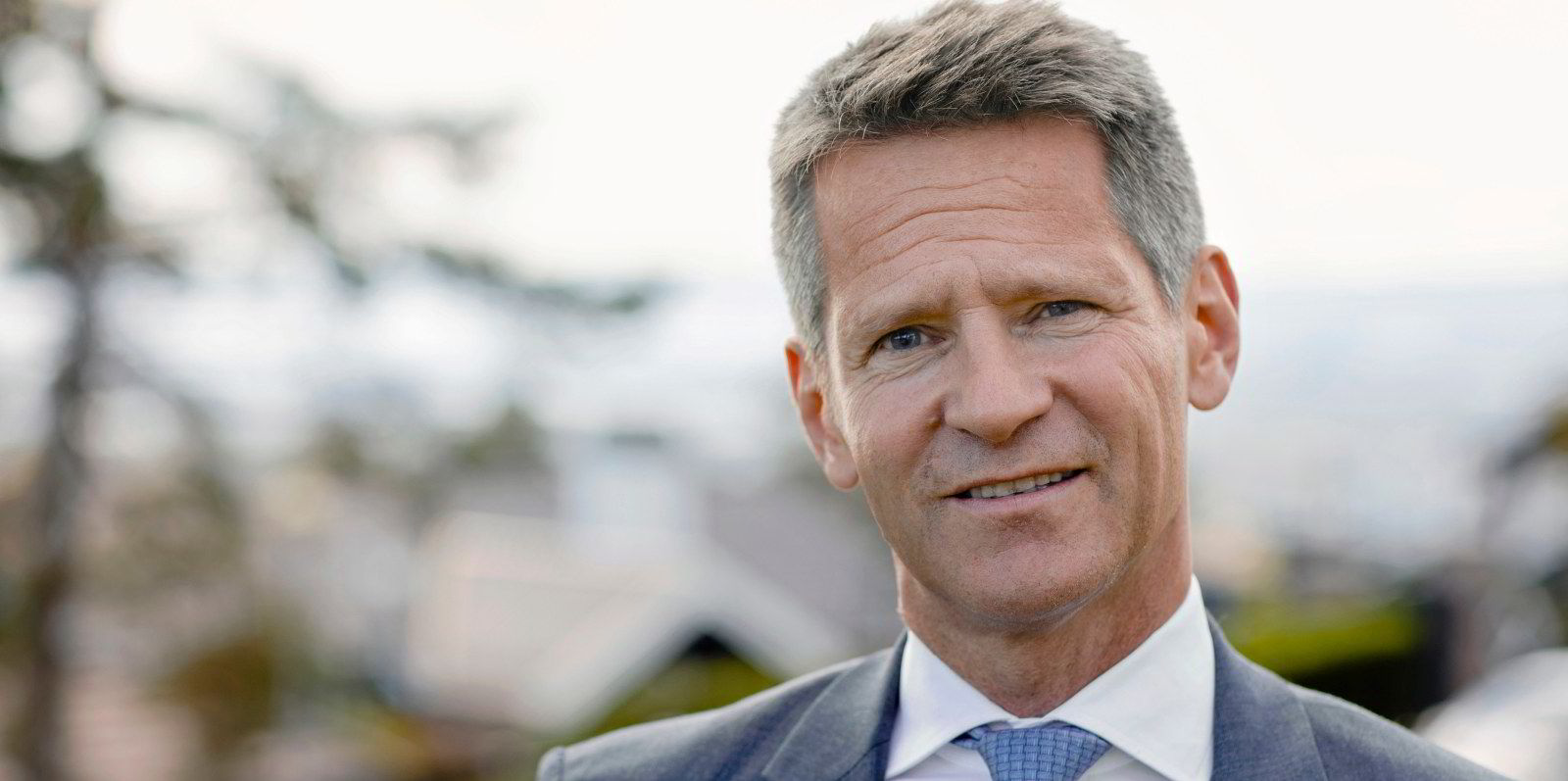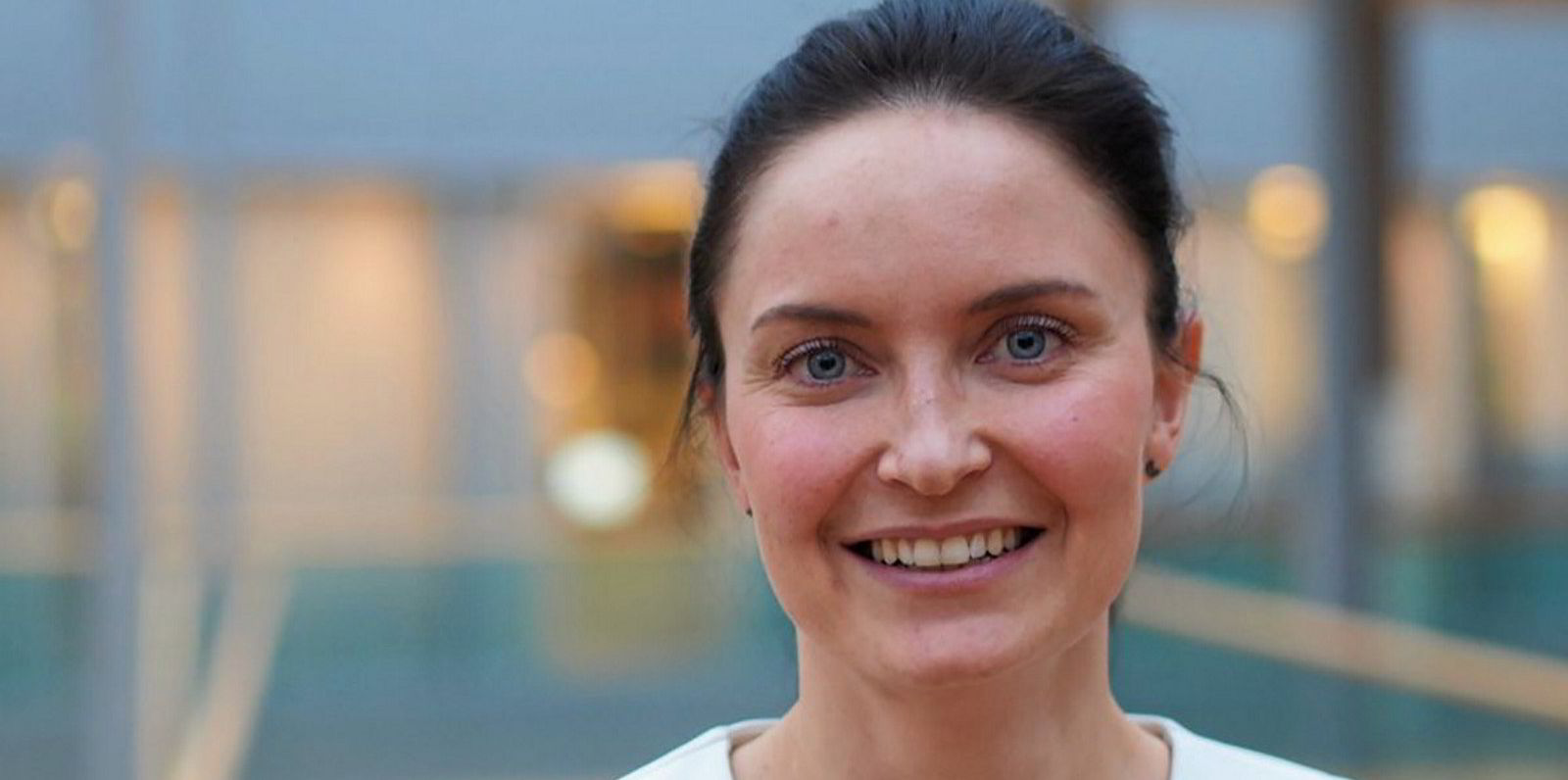What will sustainable shipping look like in the decades ahead? In the clamour to cut carbon emissions it would be easy to forget that building a sustainable business is more than a single-topic subject.
It is a question that came to the fore during the third-quarter reporting season. While a growing number of public shipowners have begun to address the need to publish carbon pollution reports as part of their environmental, social and corporate governance strategies, few appear to have yet made the bigger leap to think about their long-term sustainability.
One exception is a company that has a modest image compared with some of its peers. Yet by a happy coincidence of its long-established approach and a shift in markets, it presents an interesting example that could inspire innovation for others.
Klaveness Combination Carriers is hardly a name that ranks with the legends of the industry; even those associated with the company would admit that. A spin-off from Norway’s Torvald Klaveness group, it is one of those competent workhorses of the industry.
Independently listed in Oslo just two years ago, Klaveness only slowly crystallised out from its parent in the past 30 years. But its origins date back long before that, to the early 1950s, when it started operating the ships that lend it its name.
From the 1950s through to the 1980s, combination carriers of various types, including ore-bulk-oil carriers, were seen as a potential solution to the riddle of the triangulation of trade. Where single-cargo vessels must return to their cargo source unladen, combination carriers can reload with other cargoes for the backhaul, doubling the revenue opportunity.
The concept proved less attractive than the theory, however, as specialist vessels evolved greater flexibility and were cheaper and easier to operate. Slowly, the concept largely faded from view.
Klaveness was one of the few owners that persisted, carving out a niche within a niche with two classes of ships trading wet and dry, fronthaul and backhaul.
And now the story gets interesting, since the huge additional efficiency gives the ships a massive carbon advantage over traditional single-trade vessels. In effect, it is shipping’s version of the circular economy.
‘Compelling equity play’
The Engebret Dahm-led company has two types of ships. It has nine what it calls CABU vessels of 72,500 dwt to 80,500 dwt — effectively MRs — able to carry caustic soda solution, floating fertiliser, molasses and all types of dry bulks.
It has a further five CLEANBU vessels of 82,500 dwt — effectively LR1s — capable of carrying clean petroleum products and dry bulk, with three more ships due for delivery late this year and early next.
The company argues that the ships offer benefits all round: lower freight costs due to shorter ballast legs, and reduced demurrage costs by avoiding congestion. It all adds up to a reduced environmental footprint. And those ships are wrapped up in Klaveness’ well-regarded ship operations and innovative digital processes.
So much for the company’s claims, but what does the market think? Frode Morkedal, managing director of research at Clarksons Platou Securities, is a fan. He sees there is a good risk/reward ratio for investors in the company’s shares.
But of more interest to the wider market, he commented in a recent note, is that the company “offers a compelling equity play on the decarbonisation of the shipping industry”.
That is because its unique fleet is operating at about 90% laden and is around 40% below rival standard ships in terms of carbon intensity. Not only does that position the company well to withstand likely future carbon taxes, it is able to earn premium rates on its product carriers.
The company’s break-even rate is an average of about $8,000 a day, but its vessels were averaging approximately $19,000 a day in the third quarter.
“With emission reductions likely to become an integrated part of chartering discussions, Klaveness Combination Carriers stands in the front line to benefit,” Morkedal said.
Klaveness’ success in its niche should provoke more creative thought about how to meet the looming ship carbon intensity rules to be introduced under the recently agreed IMO legislation.
No one would suggest sustainable shipping demands a new era of all trades being dominated by new types of combination carriers. Yet sustainability means more than just cutting carbon. It is about shaping more sustainable shipping services, with big prizes in reach for those who are willing to innovate.







